Jumping straight in then, in this tutorial we will be showing you how to make a pillowcase in its most basic form. We will start simple, then once you know the basics, we’ll add a few ‘make a pillowcase’ tutorials with slightly more complicated designs.
Things you will need to make a pillowcase:
- Fabric
- Measuring tape
- Scissors
- Pins
- Sewing Machine
- Thread
Making a pillowcase in its basic form involves only two hems and two seams. You can’t get much more simple than that.
Step 1: Cutting your fabric to size.
To make a pillowcase we first need to measure and cut our fabric to size. In the UK, the standard pillowcase size is 29.5 inches x 19.5 inches (75cm x 50cm). This would be the finished size we are aiming for. When cutting our fabric we need to allow for hems and seams.
So, with our fabric on a flat surface, we cut a rectangular panel that measures 68 inches x 21 inches (173cm x 54cm). Now I do realize that the length does seem rather long but all will make sense as we progress to make a pillowcase.
Step 2: Sewing the hems.
Now that we have our fabric cut to the correct size, we need to sew the hems at each end. In this ‘make a pillowcase’ tutorial, I have given a hem allowance of 4 inches (10cm).
So now, with our fabric folded in half length ways, measure in 2 inches (5cm) form each end, and put in your marker pins.
Open out your fabric so it’s face down and at one end, fold your fabric back to form a crease level with the two marker pins.
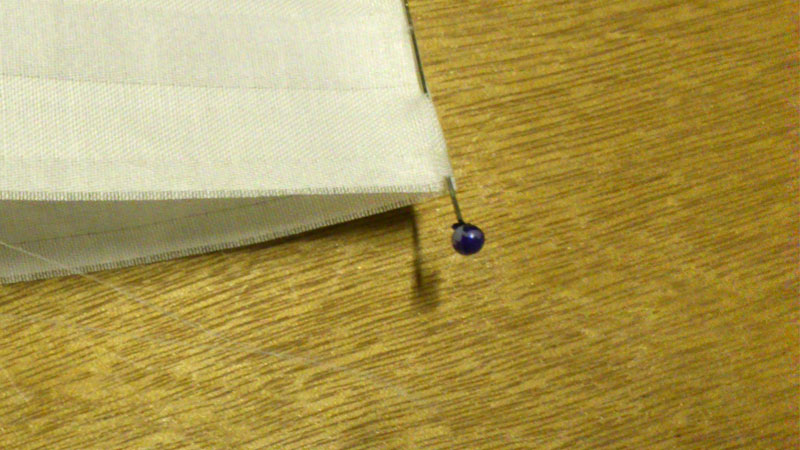
Place a few pins along the crease to hold it (or iron it if you prefer). Now fold the cut edge down into the crease to form another crease and complete the hem. Pin (or iron) along the second crease and remove the pins (if used) from crease 1. Next, do the same again the other end.
Once both ends have been folded and pinned, we can stitch them in place removing any pins as we go.
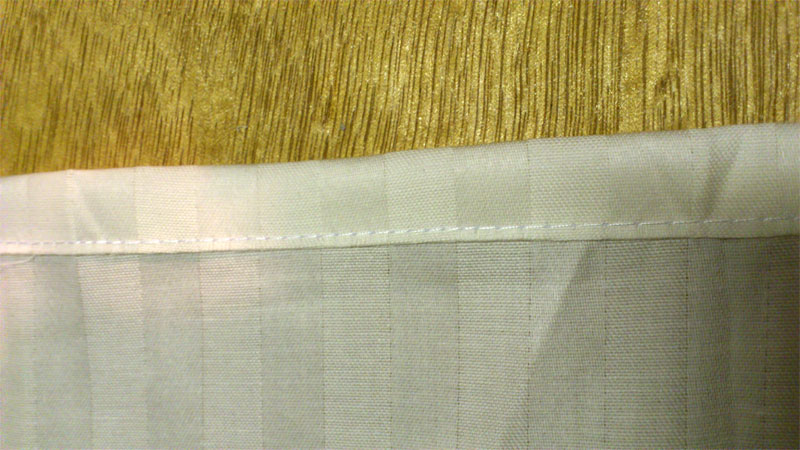
Step 3: Sewing french seams.
While writing this guide on how to make a pillowcase, it dawned on me that very few, if any, of my readers would be likely to have an Overlocker (what’s that?). So I have decided to show you how to use french seams to make a pillowcase. Don’t panic if you don’t know what french seams are, just read on.
Now, although the way you make a pillowcase with french seams is different, it does eliminate the need for an overlocker. Anyway… enough waffle, let’s get on with the task at hand.
So, fabric folded length ways then, measure in 5 inches (13cm) from one end and put some marker pins in both layers. Your getting good at that now aren’t you! 🙂
Open your fabric out with the face down. Then, as we did with the hems, fold the end back to form a crease level with your marker pins. Pin or iron in to place.
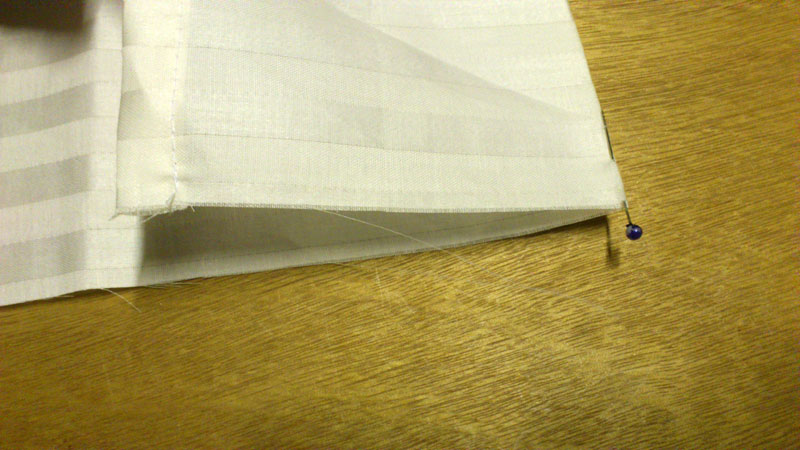
Now, taking the hem at the other end, fold your fabric in half so that the edge of your hem is also level with your marker pins. Smooth out any wrinkles, pin along the cut edges and remove the marker pins.
Sewing Project Books
Also Available for Kindle!
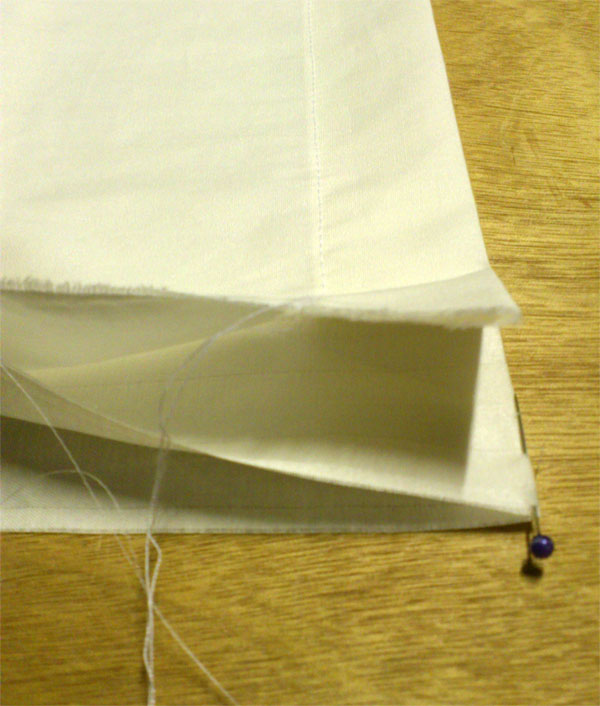
Next, sew along the cut edges you just pinned, sewing about half an inch in from the edge and removing the pins as you go. (If you’ve never made anything using french seams before, you may be thinking – “Hang on a minute… if I sew it like that, the cut edge will be on the out side.” – Well, Don’t worry… things will become clear in just a moment.)
After sewing along both edges, just have a quick double check that all pins have been removed. Then, with our ‘almost pillowcase’ laid out flat, trim off the cut edges on both sides, about a 1/8 of an inch (3mm) way from your stitches.
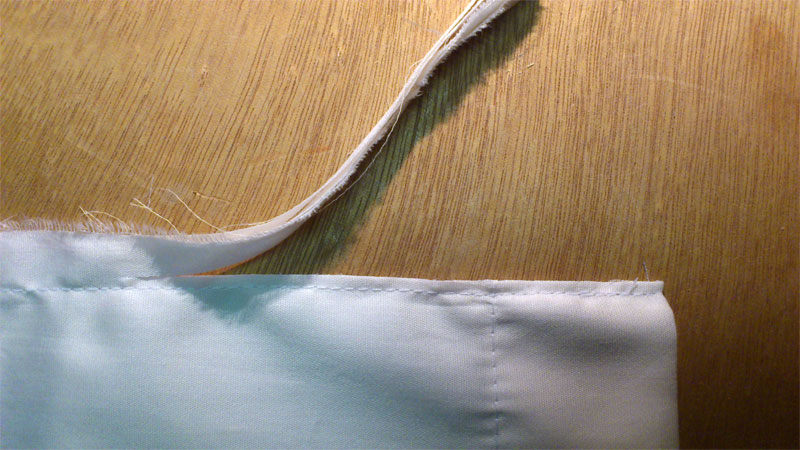
Taddaaa!!… (Oop’s sorry, we’re not ready for that yet.)
Now turn your ‘almost pillowcase’ completely inside out. Next we need to iron the seams on either side. Getting the seams pushed out nice and straight while ironing, can prove to be a bit tricky. Luckily though, I know a little tip that can help.
Tip: read more
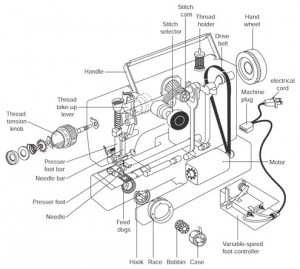

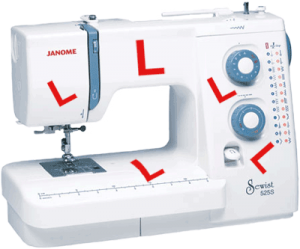
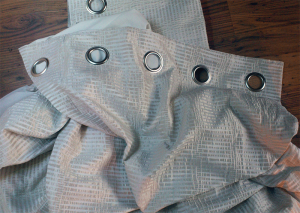 So you need to shorten some eyelet curtains, or ring tops as they are also known … No problem. Simply follow this step by step guide and you’ll have them done in no time.
So you need to shorten some eyelet curtains, or ring tops as they are also known … No problem. Simply follow this step by step guide and you’ll have them done in no time.




